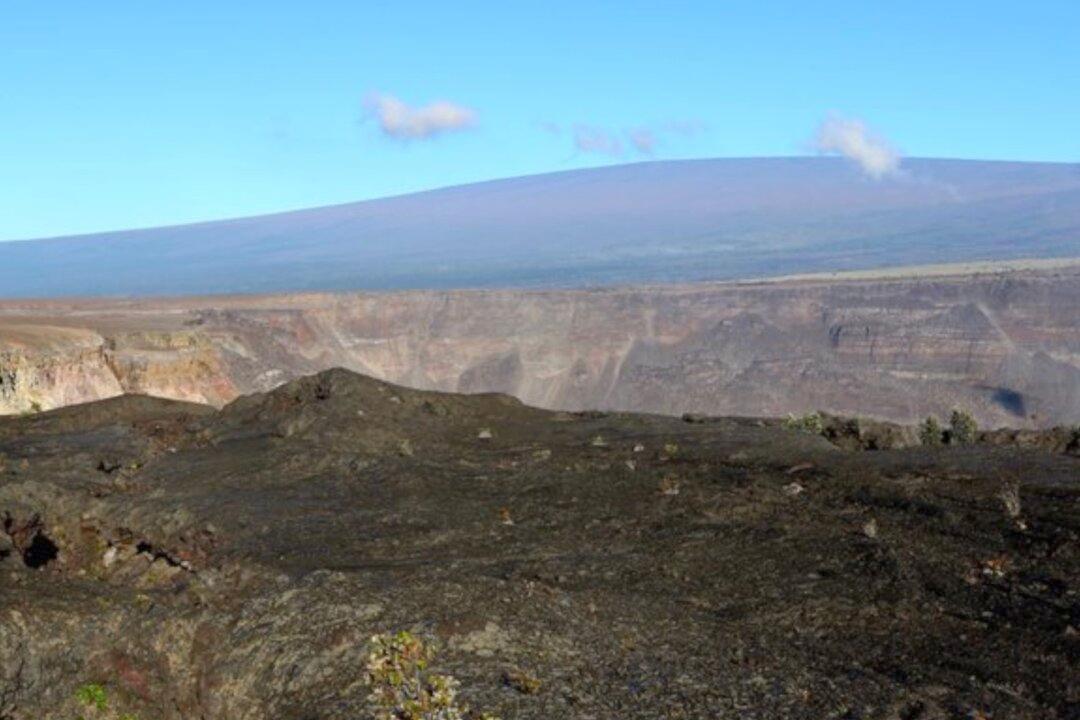The world’s largest active volcano, Mauna Loa, on the Big Island of Hawaii has displayed an increase in seismic activity in recent months, prompting officials to warn residents of a potential eruption.
Mauna Loa is among the world’s most active volcanoes, having erupted 33 times since 1843, according to the U.S. Geological Survey (USGS).





